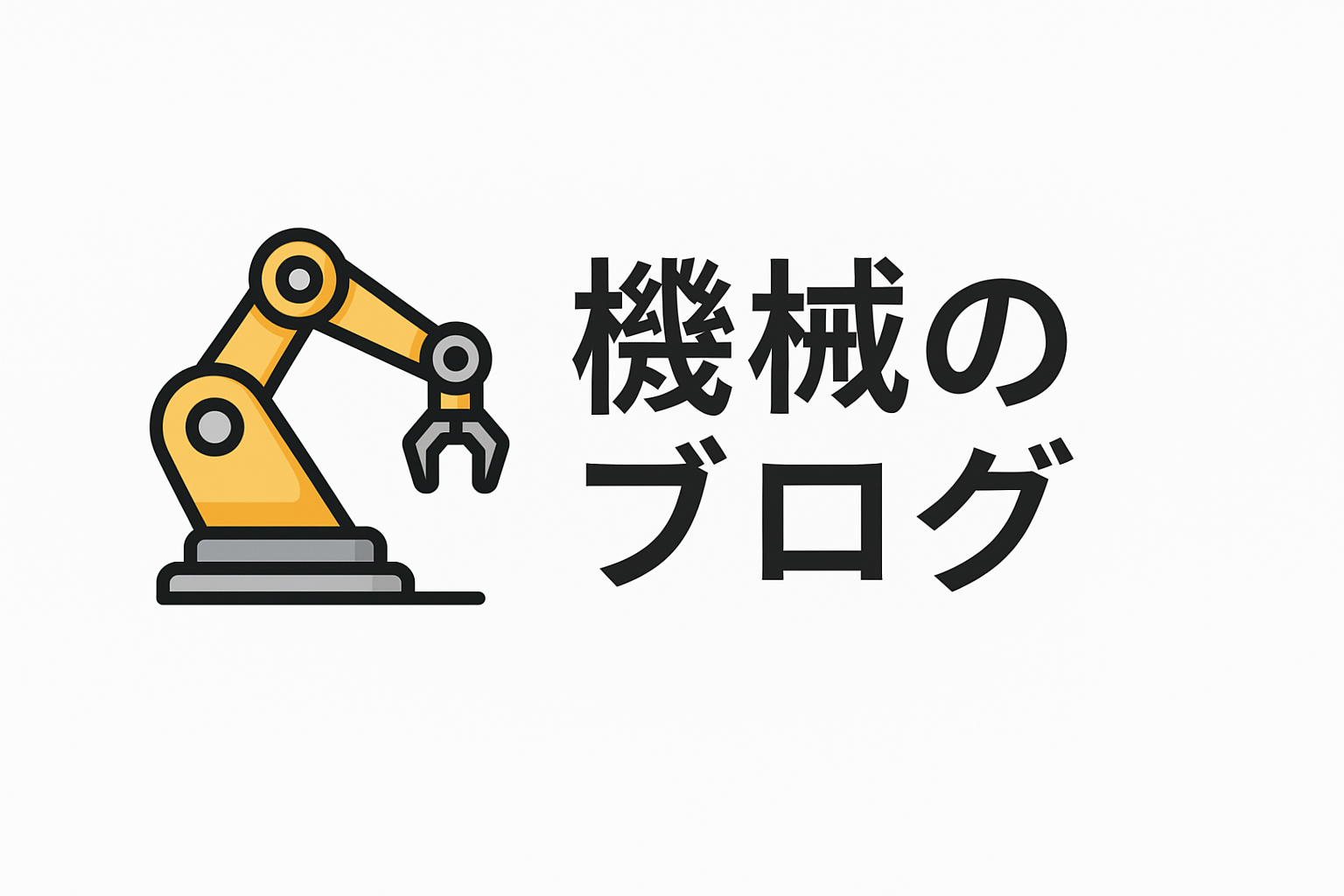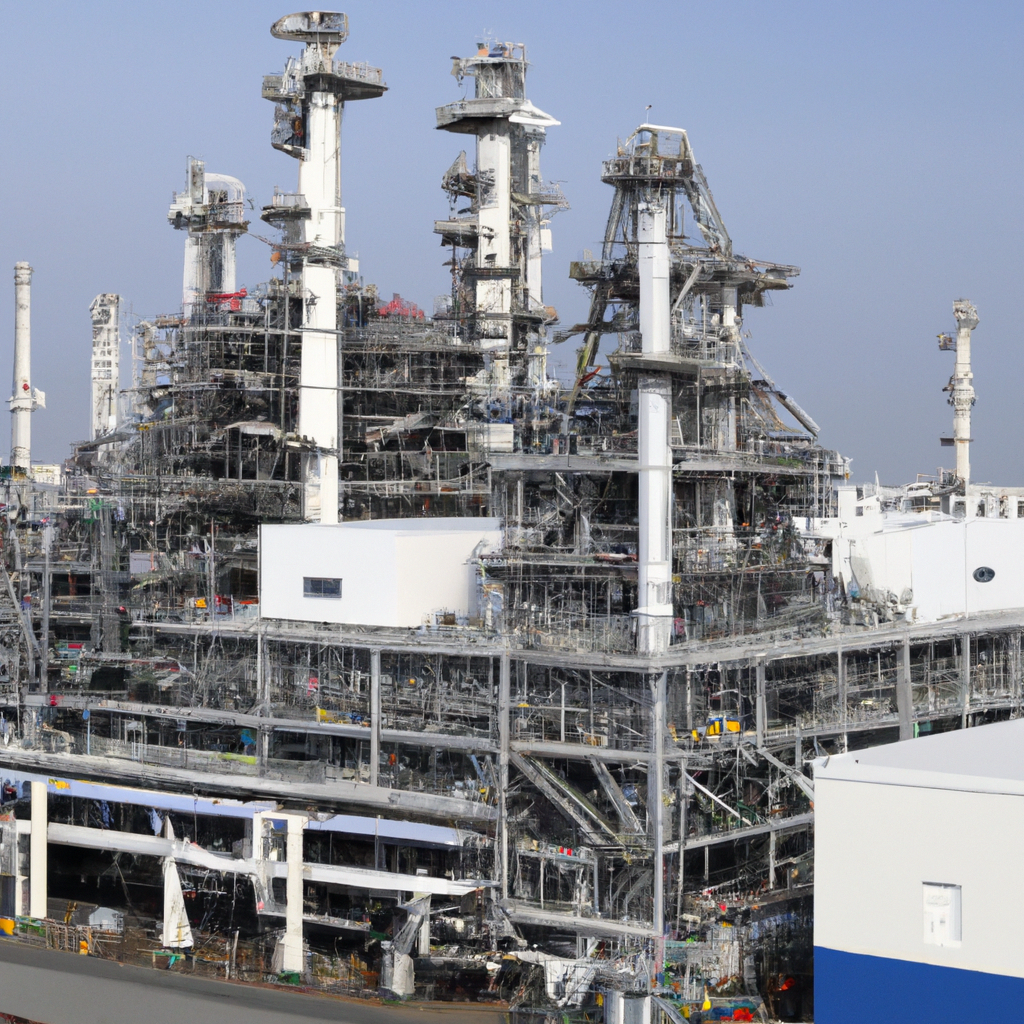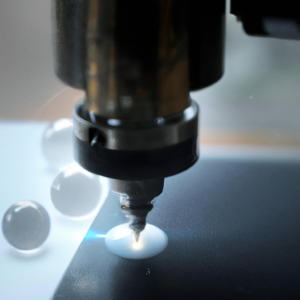Path to Future Factories: Cutting-Edge of Smart Technology
The manufacturing industry is at a pivotal juncture, with advancements in smart technology reshaping how factories operate. As we move towards the concept of ‘future factories’, it’s crucial to understand the role of cutting-edge technologies in this transformation. This article explores the key elements driving the evolution of smart factories and how they are setting the stage for the future of manufacturing.
1. The Rise of Smart Factories
Smart factories represent a leap forward from traditional manufacturing setups, leveraging digital technologies to enhance productivity, quality, and efficiency. The cornerstone of smart factories is the integration of IoT (Internet of Things), AI (Artificial Intelligence), and big data analytics. These technologies enable real-time monitoring and control of manufacturing processes, facilitating unprecedented levels of automation and connectivity.
The concept of smart factories is not entirely new. However, recent advancements in technology and infrastructure have accelerated its adoption, making it more accessible to manufacturers of all sizes. By adopting smart technologies, factories can achieve greater flexibility, reduce downtime, and optimize resource utilization, setting a new standard for industry competitiveness.
2. The Role of IoT in Future Factories
The Internet of Things (IoT) is a critical component of smart factories, connecting machines, systems, and people to optimize manufacturing operations. IoT devices collect and exchange data from different points in the production line, providing valuable insights into equipment performance, product quality, and process efficiency.
By integrating IoT, manufacturers can implement predictive maintenance strategies, reducing unexpected equipment failures and minimizing downtime. Moreover, IoT enables real-time tracking of inventory and material flow, allowing manufacturers to respond swiftly to changes in demand and supply chain disruptions. This level of visibility and control is transforming how factories operate, paving the way for more responsive and agile manufacturing processes.
3. Artificial Intelligence: The Brain of Smart Manufacturing
Artificial Intelligence (AI) is another driving force behind the development of future factories. AI technologies such as machine learning and deep learning are empowering manufacturers to make data-driven decisions, enhancing process optimization and quality control.
AI systems can analyze vast amounts of data generated by IoT devices to identify patterns and anomalies, enabling manufacturers to detect defects early and improve product quality. Additionally, AI-powered robots and automated systems are taking over repetitive and hazardous tasks, allowing human workers to focus on more complex and value-added activities.
Moreover, AI is facilitating the development of autonomous systems that can adapt to changing production requirements, further enhancing the flexibility and scalability of manufacturing operations.
4. Big Data Analytics: Harnessing the Power of Information
In the context of smart factories, big data analytics is the process of extracting meaningful insights from the vast volumes of data generated by connected devices and systems. These insights are crucial for optimizing manufacturing processes, improving product quality, and reducing operational costs.
Big data analytics enables manufacturers to gain a deeper understanding of their operations, identifying areas for improvement and innovation. By analyzing data on production rates, machine performance, and quality metrics, manufacturers can implement data-driven strategies that enhance efficiency and competitiveness.
Furthermore, big data analytics supports decision-making processes by providing managers and operators with actionable insights into every aspect of the manufacturing lifecycle. This capability is essential for adapting to market trends and meeting customer expectations in a rapidly changing industry landscape.
5. Cybersecurity: Safeguarding the Future Factory
As factories become more connected and reliant on digital technologies, cybersecurity emerges as a critical concern. Protecting sensitive data and ensuring the integrity of manufacturing systems are paramount to the success of smart factories.
Cybersecurity measures in future factories involve implementing robust security protocols, conducting regular vulnerability assessments, and training employees on best practices for data protection. Manufacturers must also adopt secure communication technologies and encryption methods to safeguard data transmitted across networks.
In an era where cyber threats are becoming increasingly sophisticated, investing in cybersecurity is not just a necessity but a strategic advantage. By ensuring the security of their operations, manufacturers can build trust with customers and partners, strengthening their position in the competitive market.
Conclusion: Embracing the Future of Manufacturing
The path to future factories is paved with opportunities and challenges. As manufacturers embrace smart technology, they stand to benefit from increased efficiency, flexibility, and competitiveness. However, the journey requires careful planning, investment, and a commitment to continuous improvement.
By integrating IoT, AI, big data analytics, and robust cybersecurity measures, manufacturers can position themselves at the forefront of the industry, ready to capitalize on the full potential of smart factories. As the landscape of manufacturing continues to evolve, those who adapt and innovate will lead the charge into a new era of production excellence.
The future of manufacturing is smart, connected, and secure. Embracing these trends today will set the foundation for success in the factories of tomorrow.









